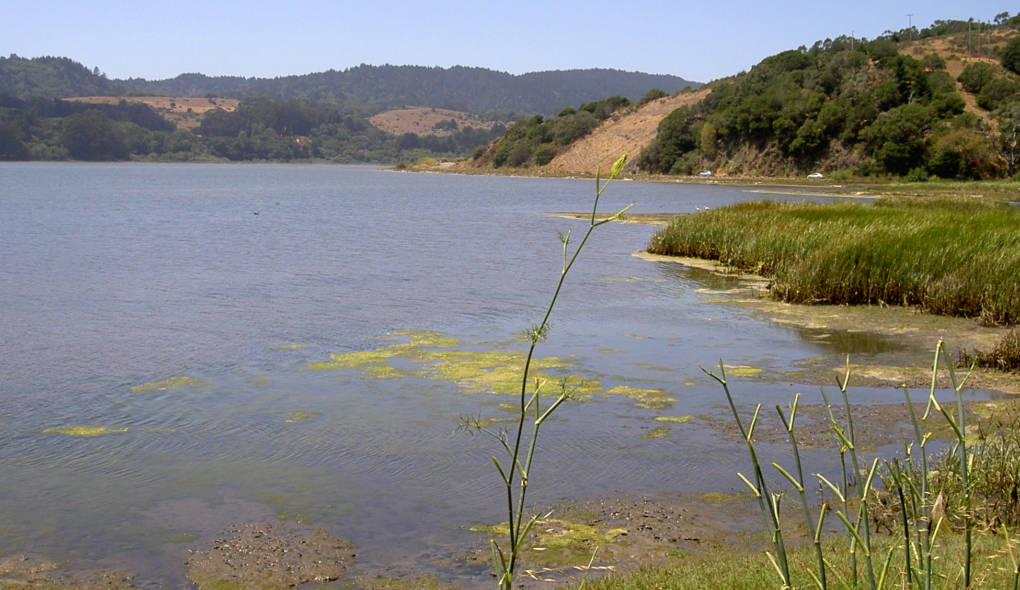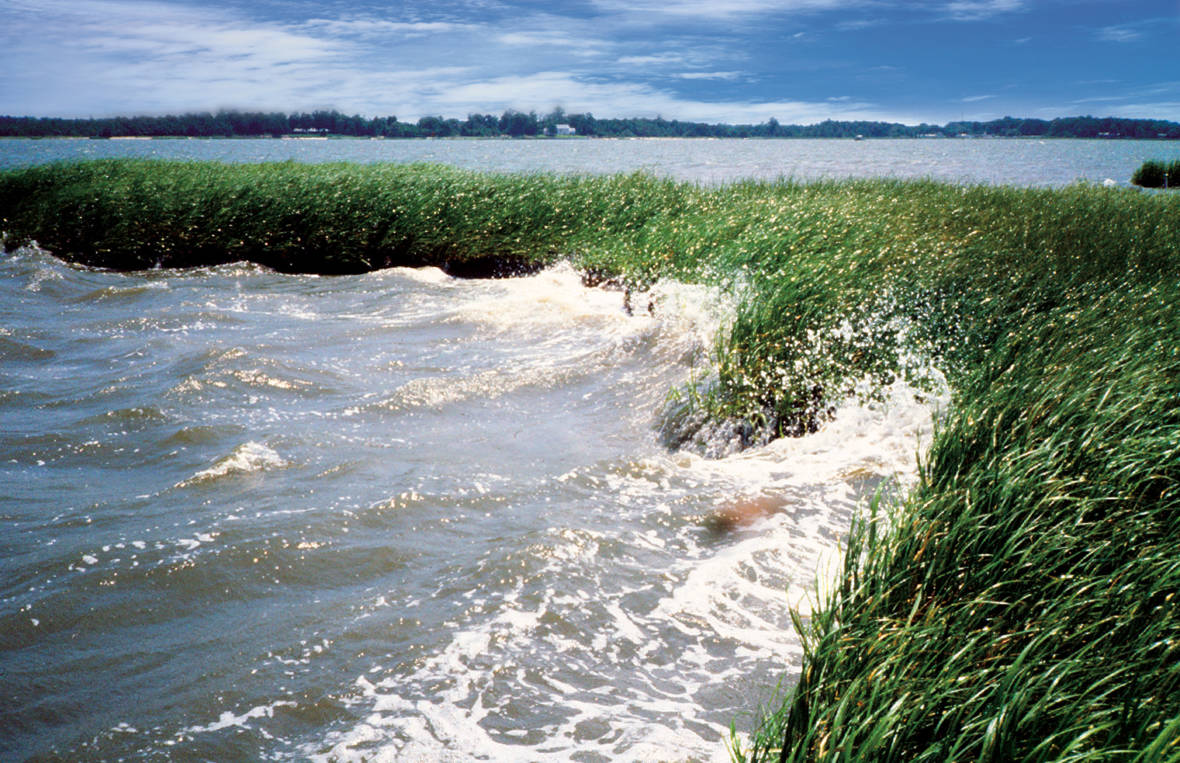The prognosis for California’s coastal wetlands is not good — and that has broad implications for the state’s resilience against the impacts of climate change.
A new study from the U.S. Geological Survey and the UCLA indicate that by the end of the century coastal marshlands in the Golden State could effectively be gone as a result of rising seas.
The loss of marshes, which act as a sponge during storm surges, would leave cities, towns and roads in low-lying areas near the coast vulnerable to flooding. Wetlands also clean water as it flows from the land toward the sea, purify air and absorb carbon. They’re also, if healthy, incredibly rich in life, hosting fish, birds and are dominated by plants such as grasses, rushes and reeds.
Demise Not Guaranteed
Yet loss of landscapes such as the Bolinas Lagoon or the marsh that follows the Petaluma River into San Pablo Bay is not inevitable. Researchers evaluated three sea level rise scenarios. In the most optimistic, least-rise projection, wetlands will be able to hold on through the end of the century. In the mid- and severe-level projections, they will be gone by 2100 and will start disappearing mid-century.

“I have found that when you present these types of results, you know they can be sort of daunting and paralyzing,” says Karen Thorne, USGS research ecologist and co-author of the study.

